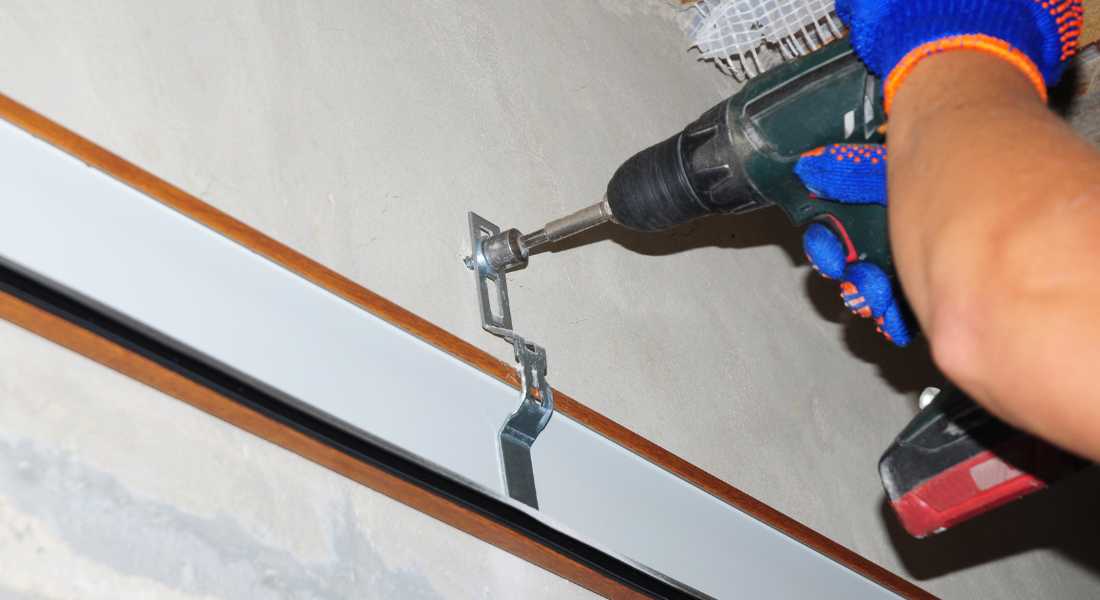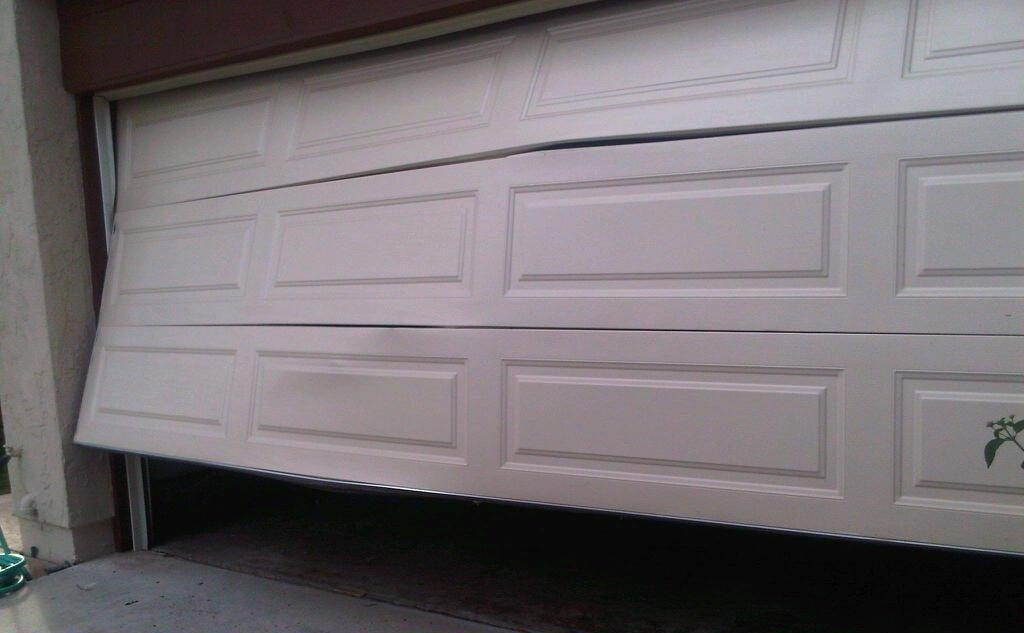Are you tired of costly garage door repairs draining your wallet? Look no further! In this article, we will share 7 genius hacks for DIY garage door repair that will save you both time and money. By following these expert tips and tricks, you can take control of your garage door maintenance and keep it functioning smoothly. Whether it’s a noisy door, a misaligned track, or a faulty sensor, we’ve got you covered with practical solutions that anyone can implement. Get ready to become a DIY pro and bid farewell to expensive repairs!
The Ultimate Guide to Garage Door Repair: Fix It Yourself and Save Big!
Discover 7 genius hacks for DIY garage door repair and bid farewell to expensive repairs. This comprehensive guide provides expert tips and step-by-step instructions to help you tackle common garage door issues and save money. Don’t miss out on these cost-effective solutions to keep your garage door in top shape!
1. Lubricate the Moving Parts
Garage doors have numerous moving parts that require regular lubrication to ensure smooth operation. By lubricating components such as hinges, rollers, and tracks, you can prevent excessive wear and reduce friction. Apply a high-quality silicone-based lubricant to these parts every six months to keep them in optimal condition. Lubrication not only extends the lifespan of your garage door but also minimizes the chances of annoying squeaks and jams.
2. Tighten Loose Hardware
Over time, the constant movement of a garage door can cause nuts, bolts, and screws to loosen. Loose hardware can lead to misalignment and compromise the overall functionality of your garage door. To avoid this issue, inspect all the hardware and tighten any loose components using a wrench or socket set. Don’t forget to check the hinges, brackets, and rollers, as they are prone to becoming loose due to regular usage. By keeping everything snug and secure, you’ll prevent potential issues down the line.
3. Adjust the Garage Door Sensors
Garage door sensors play a crucial role in ensuring safety by detecting objects or people in the door’s path. If your door is not closing or reversing properly, it may be due to misaligned sensors. To adjust them, locate the sensors near the bottom of the door on both sides. Make sure they are facing each other and their lenses are clean. If necessary, gently adjust their positions until the indicator lights are solid and not blinking. Regular sensor maintenance guarantees smooth operation and avoids unnecessary repairs.
4. Replace Worn Weatherstripping
Weatherstripping helps seal the gaps around your garage door, preventing drafts, pests, and moisture from entering your garage. Over time, it can become cracked, brittle, or loose, compromising its effectiveness. Inspect the weatherstripping around your garage door and replace any damaged sections. Measure the length needed, cut the new weatherstripping to size, and attach it using adhesive or nails. This simple yet often overlooked hack can significantly improve insulation and save you money on heating and cooling costs.
5. Silence Noisy Garage Doors
A noisy garage door can be a nuisance, especially if it disrupts your household or neighboring homes. Luckily, there are several hacks to silence those squeaky sounds. Start by applying a lubricant specifically designed for garage doors to all the moving parts we mentioned earlier. Additionally, consider installing anti-vibration pads or dampening foam strips between the motor and the ceiling to reduce vibrations and noise. With these quick fixes, you can restore peace and tranquility to your garage.
6. Balance the Garage Door
A properly balanced garage door ensures smooth and efficient operation while reducing stress on the opener system. To check the balance, close the door and disconnect the automatic opener. Next, manually lift the door halfway and release it. If it stays in place, it’s balanced. If it falls or rises, the door is unbalanced and may require adjustment. Balancing the garage door involves adjusting the tension of the springs, which should only be done by experienced individuals or professionals. Hiring a technician for this task is recommended to ensure safety.
7. Inspect and Replace Worn Cables
Garage door cables play a critical role in the lifting and lowering mechanism. Over time, they can become frayed, worn, or even snap, posing a safety risk. Regularly inspect the cables for any signs of damage, such as broken strands or visible wear. If you notice any issues, it’s crucial to replace the cables promptly. This repair may require specialized tools and knowledge, so it’s advisable to consult a professional or an experienced DIYer for assistance. Remember, safety should always be a top priority when working with garage door cables.
Frequently Asked Questions (FAQs)
Q1: Can I use any lubricant for my garage door, or is there a specific type I should use?
A1: While there are many lubricants available, it’s essential to choose a silicone-based lubricant specifically designed for garage doors. Avoid using WD-40 or similar products, as they can attract dust and cause the parts to become sticky over time.
Q2: How often should I lubricate my garage door?
A2: It’s recommended to lubricate your garage door every six months or at least twice a year. However, if you live in an area with extreme temperatures or excessive dust, you may need to lubricate it more frequently.
Q3: Is it safe for me to adjust the garage door springs myself?
A3: Adjusting garage door springs can be dangerous and should only be attempted by experienced individuals or professionals. Mishandling the springs can result in serious injuries or damage to the door. It’s best to hire a trained technician for this task.
Q4: What are the signs of a misaligned garage door sensor?
A4: If your garage door doesn’t close all the way or immediately reverses after hitting the floor, it may indicate a misaligned sensor. Blinking indicator lights on the sensors are also a clear sign that they need adjustment.
Q5: Can I replace the garage door cables myself?
A5: Replacing garage door cables can be challenging and potentially dangerous. It’s recommended to seek professional assistance or consult an experienced DIYer who has the necessary tools and expertise.
Q6: How do I know if my garage door is properly balanced?
A6: To check the balance of your garage door, close it and disconnect the automatic opener. Lift the door halfway and release it. If it stays in place, it’s balanced. If it falls or rises, it needs adjustment.
By implementing these 7 genius hacks for DIY garage door repair, you can save a significant amount of money on expensive repairs and maintenance services. Regular lubrication, tightening of loose hardware, adjusting sensors, replacing weatherstripping, silencing noisy doors, balancing the door, and inspecting and replacing worn cables are all essential steps in keeping your garage door in top shape. Remember to prioritize safety and seek professional help when necessary. Say goodbye to expensive repairs and hello to a smoothly operating garage door!





